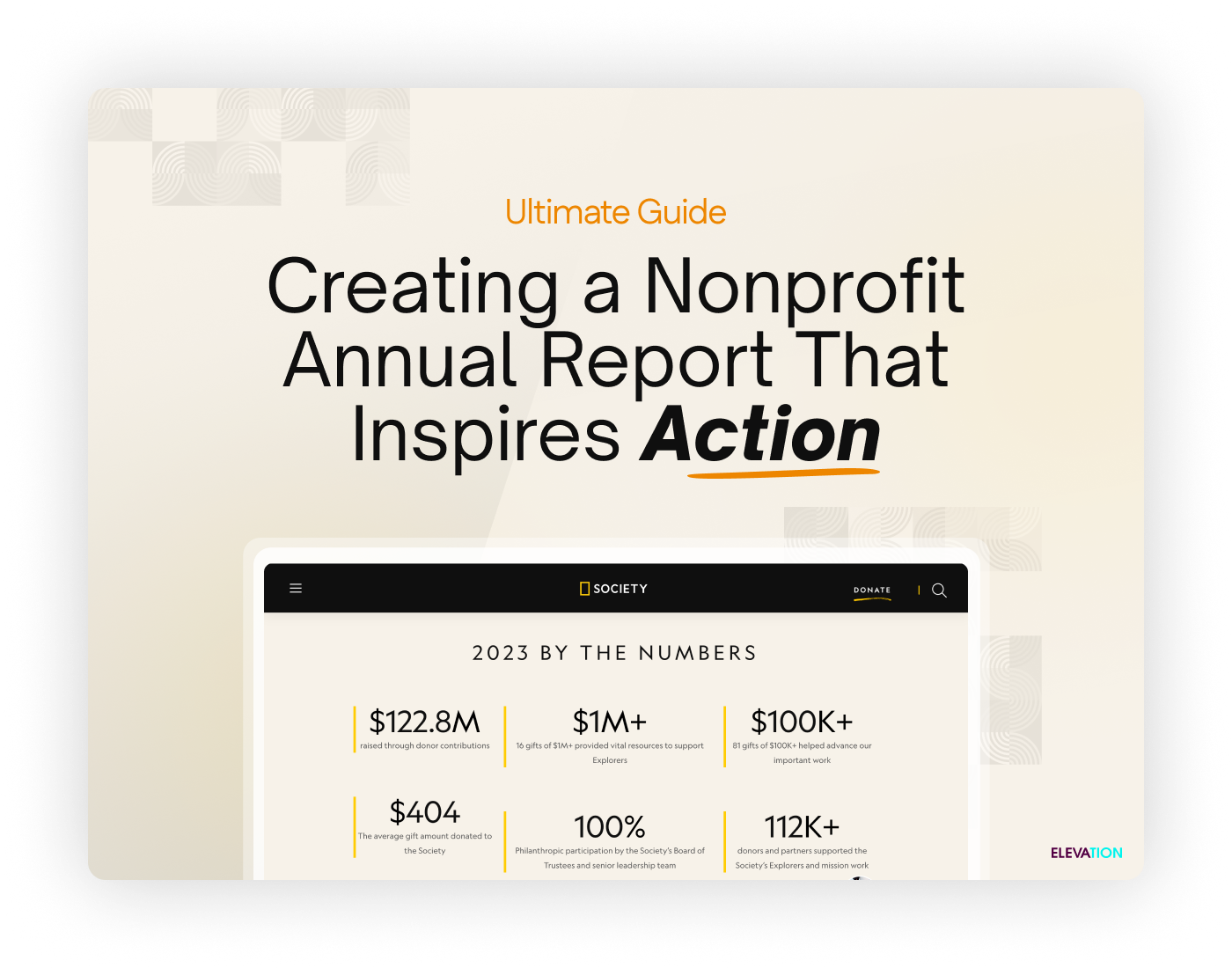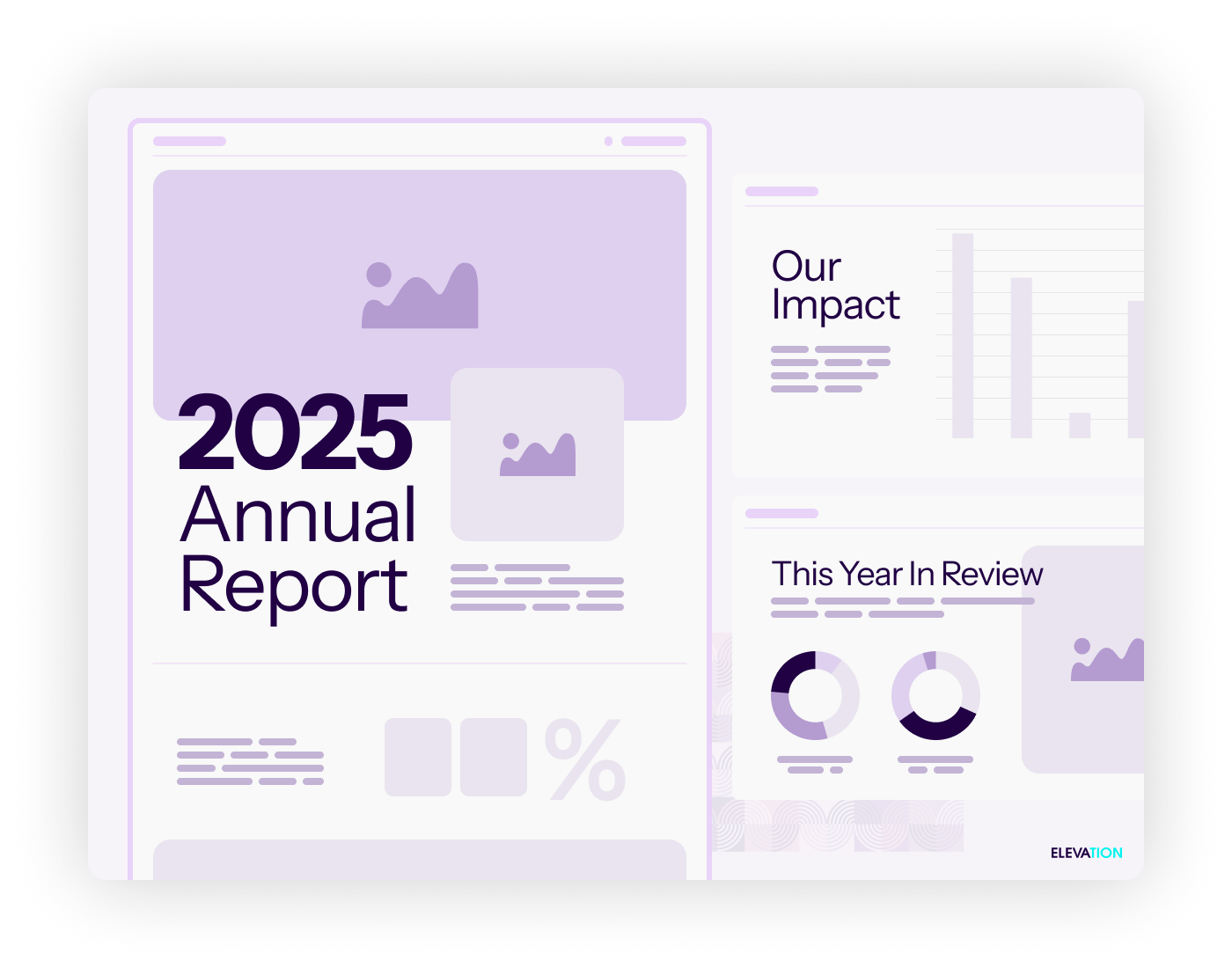New challenges arise as technological advancements have changed how nonprofits collect donations. For instance, nonprofits needed to adjust their strategies as new technology emerged around peer-to-peer fundraising, online giving, and crowdfunding. Changing technology adds a new obstacle on top of the traditional fundraising challenges that organizations have always faced.
While online fundraising has been around for a while, it is constantly changing and evolving. This means there are a steady stream of new kinks to tackle. However, as successful nonprofits demonstrate, with hard work and a worthy cause, raising money is very doable.
If your online giving is not seeing the same 10% year-on-year growth that is standard for nonprofits, all it takes is some research into the common challenges experienced by other organizations and careful consideration of how to avoid unnecessary set-backs to get you back on track. Here we’ve picked out some of the most prominent issues nonprofits run into while fundraising online, which include:
-
Difficulty Retaining Donors Acquired Online
-
Choosing the Wrong Fundraising Software
-
Ineffective Marketing of Fundraising Opportunities
-
Setting Demotivating Campaign Goals
-
Limiting Event-Based Fundraising Opportunities
Once you’re aware of the potential obstacles that your nonprofit could run into while raising money online, it’s much easier to avoid said obstacles. Ready to learn more?
1. Donor Retention
It’s rare for nonprofits to receive major donations through an online giving form on your website. Generally, larger donations are hand-delivered after many conversations and one-on-one meetings.
Therefore, your nonprofit tends to see that donations are smaller in size and come from online forms, crowdfunding campaigns, peer-to-peer fundraising campaigns, and other online sources. Many times, the first donation someone makes to your campaign will be through some type of online giving software.
Don’t let these donors lapse after their first gift!
As of 2018, the average new donor retention rate was only 20.2% compared to the average repeat retention rate of 61%. This means that about 80% of new donors never give again. Getting a second donation (the golden donation) increases the chances of a donor giving more in the future. Donor retention is key to effective fundraising because:
-
It’s much less expensive reaching out to existing donors to give again than it is reaching out to new donors. The ROI is also much higher.
-
Retention requires building relationships with supporters. As relationships build, the average donation amount from supporters tends to increase as well.
-
The recapture rate for donors is as low as 4 or 5%. Once a donor has lapsed, it’s unlikely that you’ll get their support back again.
The first step to improving your donor retention is ensuring that your donor database prioritizes this metric. According to Bloomerang’s donor database guide, the best solutions are those which allow your organization to customize your fundraising dashboard to show your most critical metrics. We recommend making sure your retention is front and center on your dashboard so that it’s always front of mind.
2. Choice of Fundraising Software
Young nonprofits have the bad habit of choosing the first fundraising software they hear about. Maybe they invested based on a recommendation from another nonprofit in the community, or after reading reviews online. While these are good research techniques, they shouldn’t be end-all-be-all decision makers.
Without an effective plan for choosing the best fundraising software for your organization, you could be left with a solution that doesn’t have the features you need, sucks out funds with hidden fees, or provides unsafe storage of donor data.
There are a lot of factors that go into making the right software choice. Some of these factors (as explained in our related article on buying fundraising software) include:
-
Current fundraising needs. The reason you’re investing in a solution is to solve a current need at your organization. Make sure you spell out this need before you start looking so that you don’t get distracted by the bells and whistles offered by various software providers.
-
Specific goals for the future. One of the hardest things to do as a nonprofit is to change your software after it’s been integrated into your everyday processes. Therefore, before making an investment, you should think about your future goals and what you’ll need then, as well as your current needs.
-
Product reputation and updates. Before you invest in a software solution, you need to make sure all of the data collected and stored from your donors will be safe. Make sure the software you choose has a positive reputation in the community and that there is record of frequent bug fixes for the software.
-
Your organization’s budget. Budget is often the driving force of nonprofit investing, and it is important! However, if you choose the cheapest solution for all software, it’s likely that you won’t get the features and sustainability that your nonprofit needs.
Finally, when you consider purchasing new software, your nonprofit needs to think about how to make all of your fundraising solutions work together. In other words, you need to think about integrations.
Integrations allow data to be transferred directly from your fundraising software into your donor database, from your donor database to your marketing materials, and so on and so forth. This is what helps your nonprofit streamline activities and increase efficiency at the organization.
3. A Marketing Plan
Marketing is frequently a pain point for nonprofit fundraising. This is because when nonprofits cut their expenses, marketing initiatives tend to be the first thing to go. Therefore, when your nonprofit uses marketing techniques, it’s important to make sure you’re getting the most out of the invested time and money.
For example, consider the following marketing tools:
-
Email. Make sure each email you send has the purpose of moving donors through the funnel to ultimately contribute to your nonprofit. Maximize your use of email by segmenting donors into groups for more personalized messaging, crafting mobile-friendly email templates that donors can access on any device, and ensuring there’s a clear call-to-action in each of your emails.
-
Your nonprofit’s website. Your nonprofit’s website should make it easy for supporters to know where to go to make a donation. Maximize the use of your website by creating a well-designed and easy-to-use donation page, adding a donate button with a clear call-to-action like “Donate Now” on your homepage, and making sure your donation page and form are easy to fill out, especially on mobile devices.
-
Social media. Leveraging social media is a great way to keep your donors updated on the latest activities of your nonprofit and to connect them with fundraising initiatives. Make sure you highlight supporters (with their permission) on social media — thanking volunteers and donors through photos and video will get more engagement than other posts. Use hashtags for marketing your fundraising events and invite people to post about their support of your organization.
Sometimes marketing isn’t about putting the most content out there for potential supporters to see, but maximizing the connection created by the content you share. Ensuring high-quality marketing materials will help your nonprofit get the best results from your campaigns.
4. Set Fundraising Goals
Nonprofits often have eyes bigger than their stomachs when it comes to fundraising. Some nonprofits set too general of a goal, such as “raise money.” Others set a specific goal that is simply unrealistic for their capabilities.
According to Qgiv’s nonprofit fundraising guide, creating an honest and realistic strategy for fundraising is the cornerstone of any good campaign. Your strategy should take into consideration:
-
CRM information. Your nonprofit CRM provides all of the data about individual donors, sponsorships, and other important fundraising data. Therefore, this is a great place to start researching in order to create informed goals, plans, and outreach strategies.
-
Reality. While you may want to raise $100,000 during a single fundraising campaign, this may not be a viable option for your nonprofit. If you overreach your campaign goals, your fundraisers and donors alike will become less motivated. Choose a goal that’s not out of reach, but will push your team to stretch their capabilities a bit.
-
Gift ranges. Try creating a gift range chart for major campaigns. This chart outlines the number of donations you need within each gift range in order to meet your fundraising goals. For major campaigns, these charts are incredibly helpful for measuring the number of major gifts you need, the number of prospective major donors, and the number of donations secured.
Keep donors engaged and show them how big of an impact they can make toward the goal. As long as your nonprofit is smart about the goals and expectations you set for each fundraising campaign, you’ll avoid accidentally demotivating donors.
5. In-Person Opportunities
One common issue that nonprofits run into with online fundraising is that they let their event-based donation opportunities fall to the wayside. Some donors will want to give during events, when they’re feeling most moved by your organization.
The best example of this is at gatherings of your nonprofit community. Whether you have an incredibly motivating speaker or an attendee is having a lot of fun, supporters at your events may feel moved to give more to your organization than just the registration fee. Open up the opportunity for them to donate. If this is an in-person event, make sure there is the option to donate cash. Then make sure that you’re ready for anything during the event by:
-
Assigning specific staff members to collect donations. Everyone should know who these staff members are in order to direct interested attendees to the correct people.
-
Making sure your donor database is mobile-ready. You should have the capability to quickly pull up the profile of an event attendee to fresh your memory about who they are and how they have supported you in the past. The worst thing that can happen is to alienate a long-term donor because someone on your staff doesn’t recognize them at a community event. A mobile-accessible database is also useful for an in-person event: you can easily capture notes about a conversation on the donor’s profile right after it happens.
-
Offering fundraising pledges for those who want to give later. Let’s say a donor feels driven to give at your event but doesn’t have cash or the ability to give on a mobile device at that exact moment. That’s the perfect opportunity to collect that individual’s donation as a pledge. Record it in the CRM and contact them after the event about fulfilling the pledged donation.
Don’t become so accustomed to raising money online that you forget to offer other opportunities to those who prefer event-based giving. Ensure the software you invest in has capabilities to open up the options for whatever your donors prefer.
Technology is designed to make fundraising better, not more difficult. Now that you’re aware of the prominent obstacles that accompany online fundraising, you can sidestep these issues for more productive fundraising campaigns in the future!



